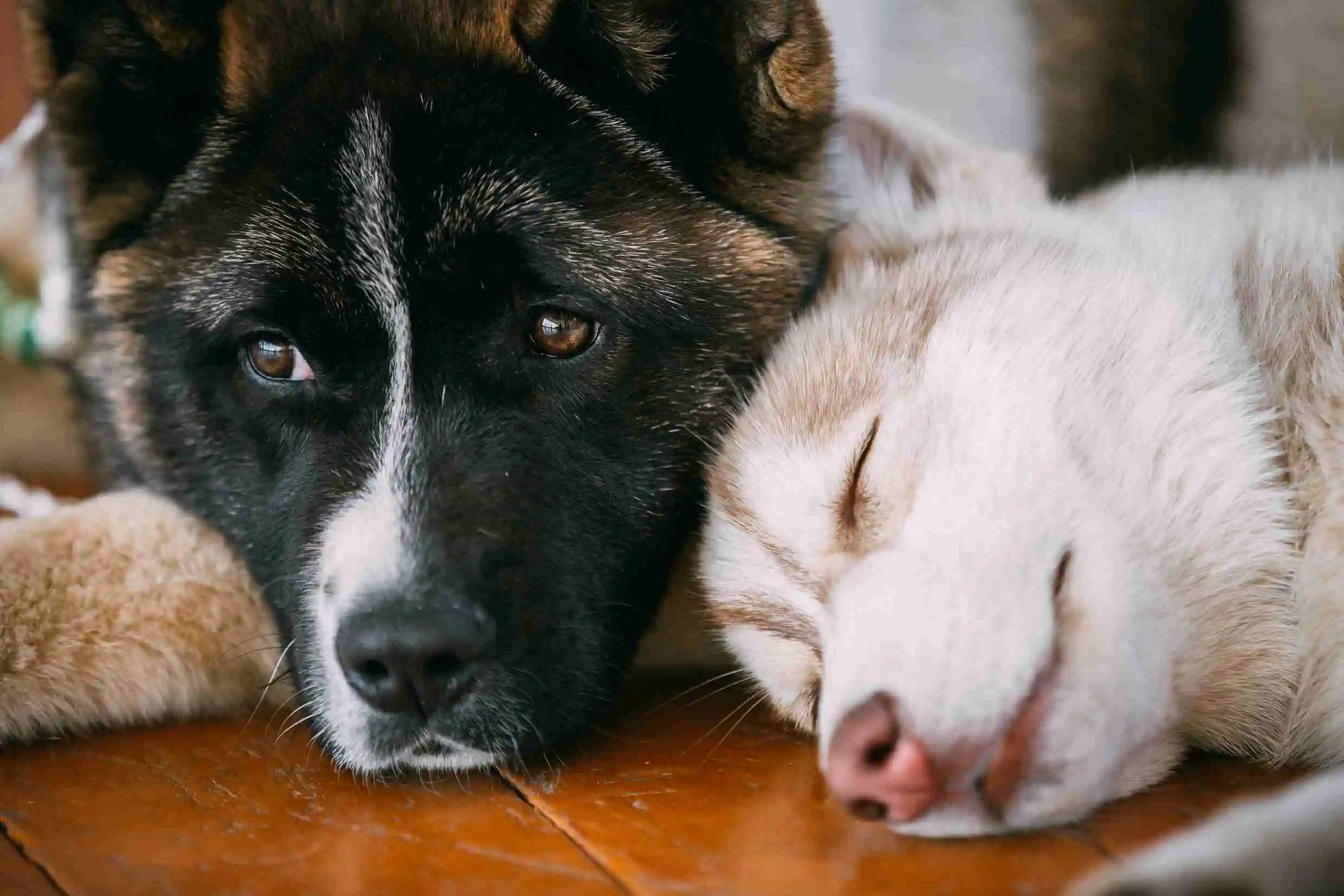Sleeping is an integral aspect of the lives of all living beings, and just like humans, animals have their own sleeping habits and practices, which intersect with humans in certain instances and completely differ in others.
The Universal Importance of Sleep
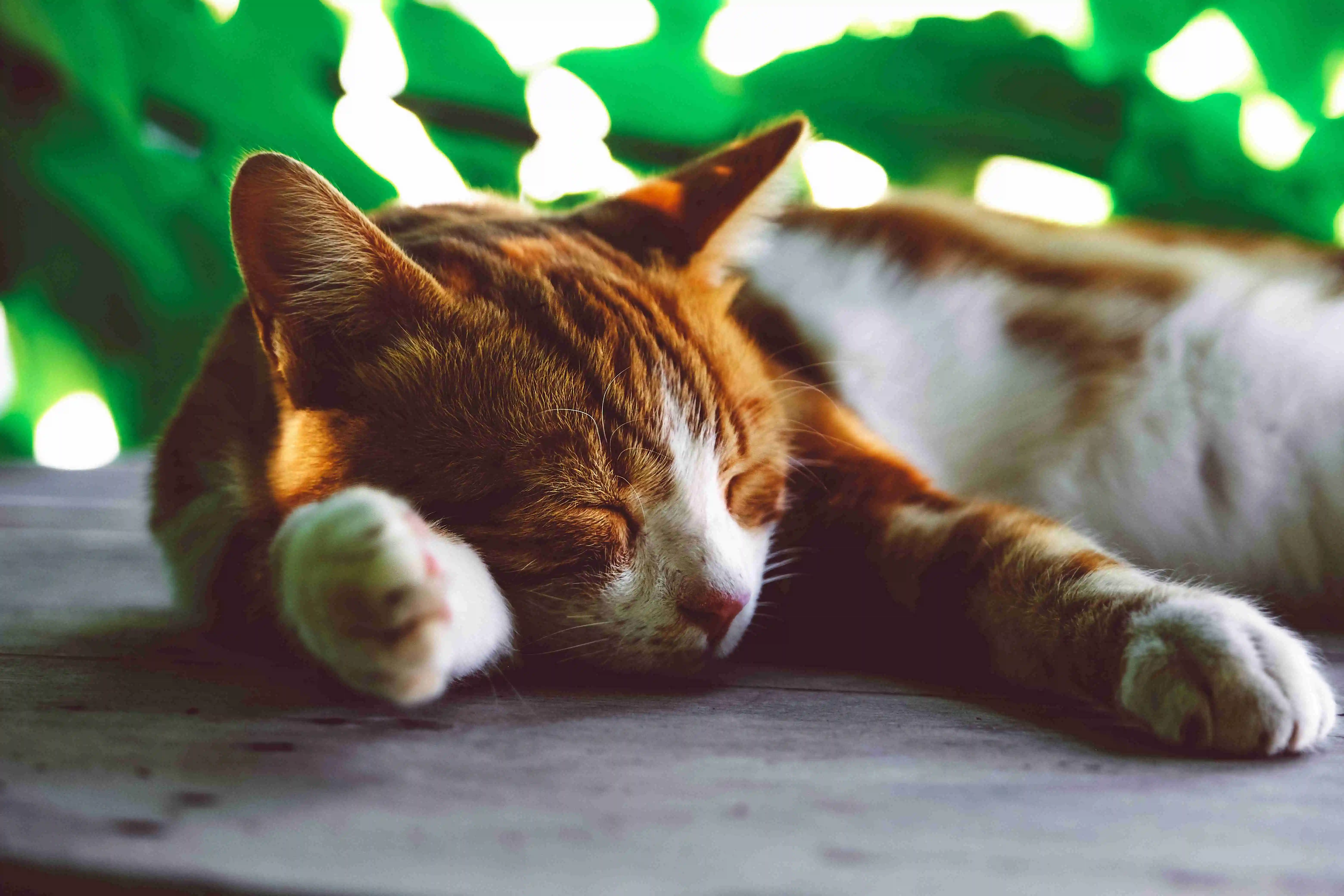
Sleep is a vital biological function that serves several important purposes, such as conserving energy, restoring the body, and enhancing overall health. Just like humans, sleeping is a necessary physiological process that contributes to an animal's well-being, and insufficient sleep patterns might have negative effects on the animal's health, such as reduced immunity and increased risk of diseases.
Why do animals sleep differently?
There are so many factors that could affect animals' sleeping patterns and cycles, such as what they eat, their body size, and other elements that could drastically change their sleep cycles.
Metabolism
Animals with higher metabolic rates tend to have shorter sleep cycles and require less sleep overall. This is because their bodies can process energy more efficiently, allowing them to maintain optimal functioning with less rest.
On the other hand, animals with lower metabolic rates, such as reptiles, may require longer periods of sleep to conserve energy.
Body Size
Larger animals generally require more sleep than smaller ones. This is partly because larger bodies have a greater number of cells that need to rest and repair.
Diet
Animals that consume a predominantly herbivorous diet, such as cows or rabbits, often need to spend more time eating and digesting food. As a result, they may have shorter sleep cycles to accommodate their dietary needs.
Carnivorous animals such as lions or tigers, on the other hand, may have longer sleep cycles because they can obtain more energy from a single meal and do not need to spend as much time on food.
Immunity
Sleep plays a vital role in regulating the immune system, as it allows the body to repair and rejuvenate cells. Animals with weaker immune systems may need more sleep to compensate for their reduced ability to fight off infections and diseases.
Unique Animal Sleep Postures
Animals don’t sleep in the same position and postures as humans, and not all animals sleep the same way, as some have unique sleeping postures. Some animals sleep vertically, while others sleep while they’re standing only on one leg.
Vertical Sleep
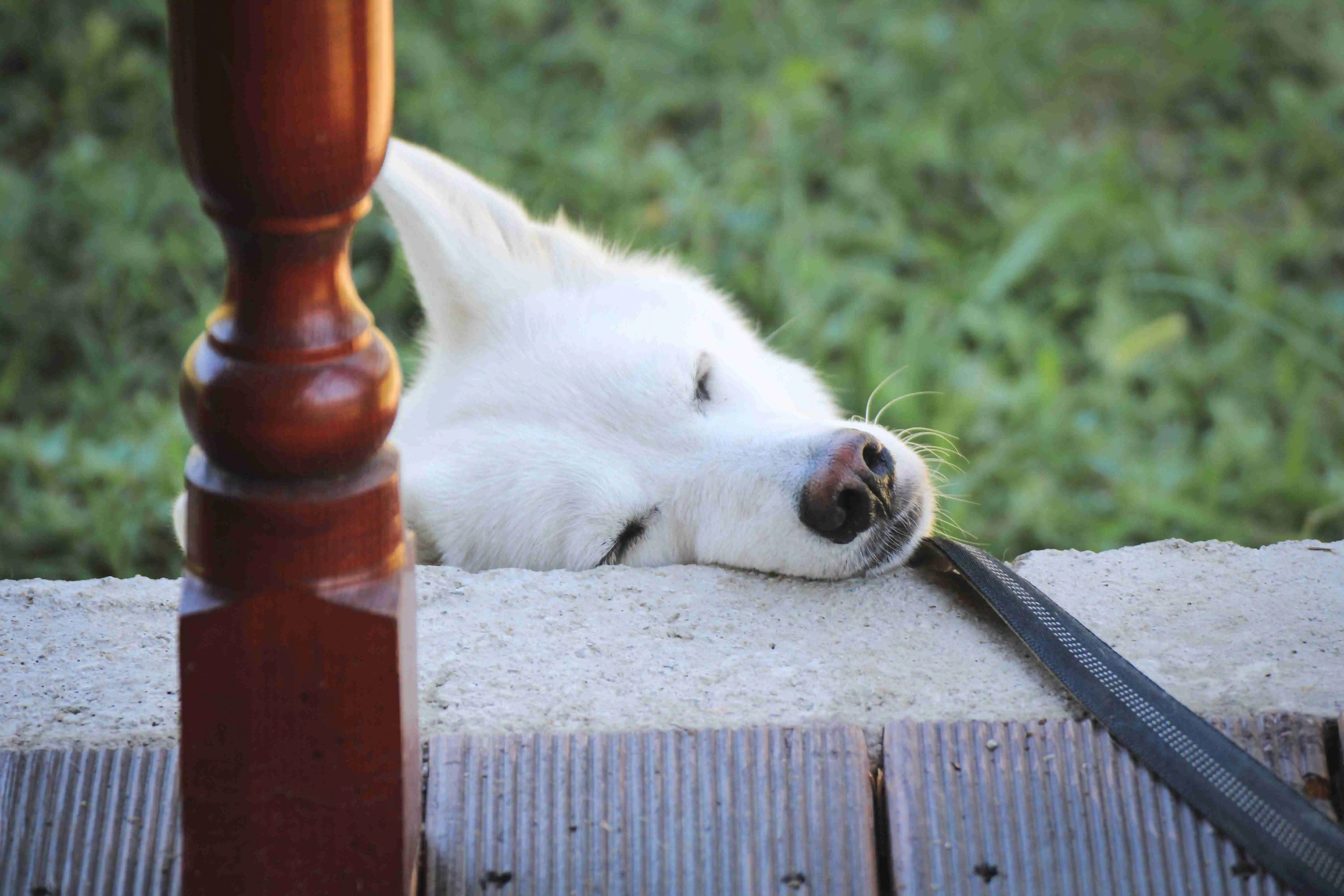
When an animal sleeps in an upright position, it is known as vertical sleep. Certain bird species, horses, zebras, and elephants, commonly exhibit this sleep posture. By sleeping vertically, these birds can rest while remaining alert to potential threats from predators.
Unipedal Sleep
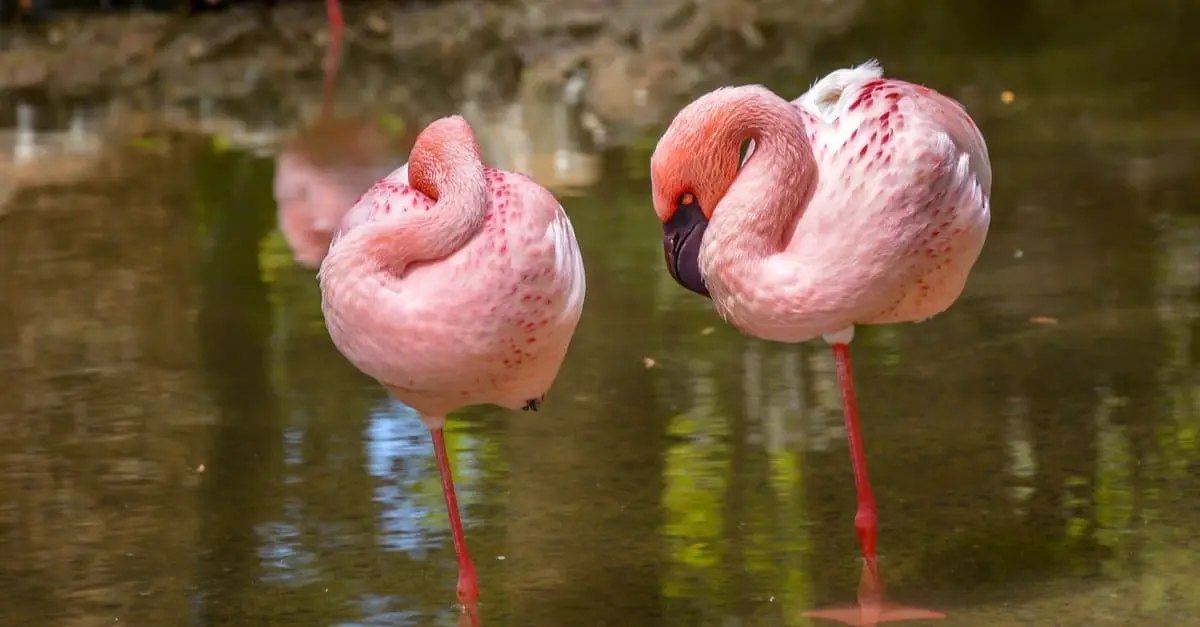
Unipedal Sleep is when an animal sleeps on only one leg, and this posture is commonly seen in certain bird species, such as flamingos and storks. By tucking one leg up into their feathers, these birds can conserve body heat and maintain balance while asleep. It also allows them to quickly lift off if they need to escape from danger.
Cetacean Sleep Patterns
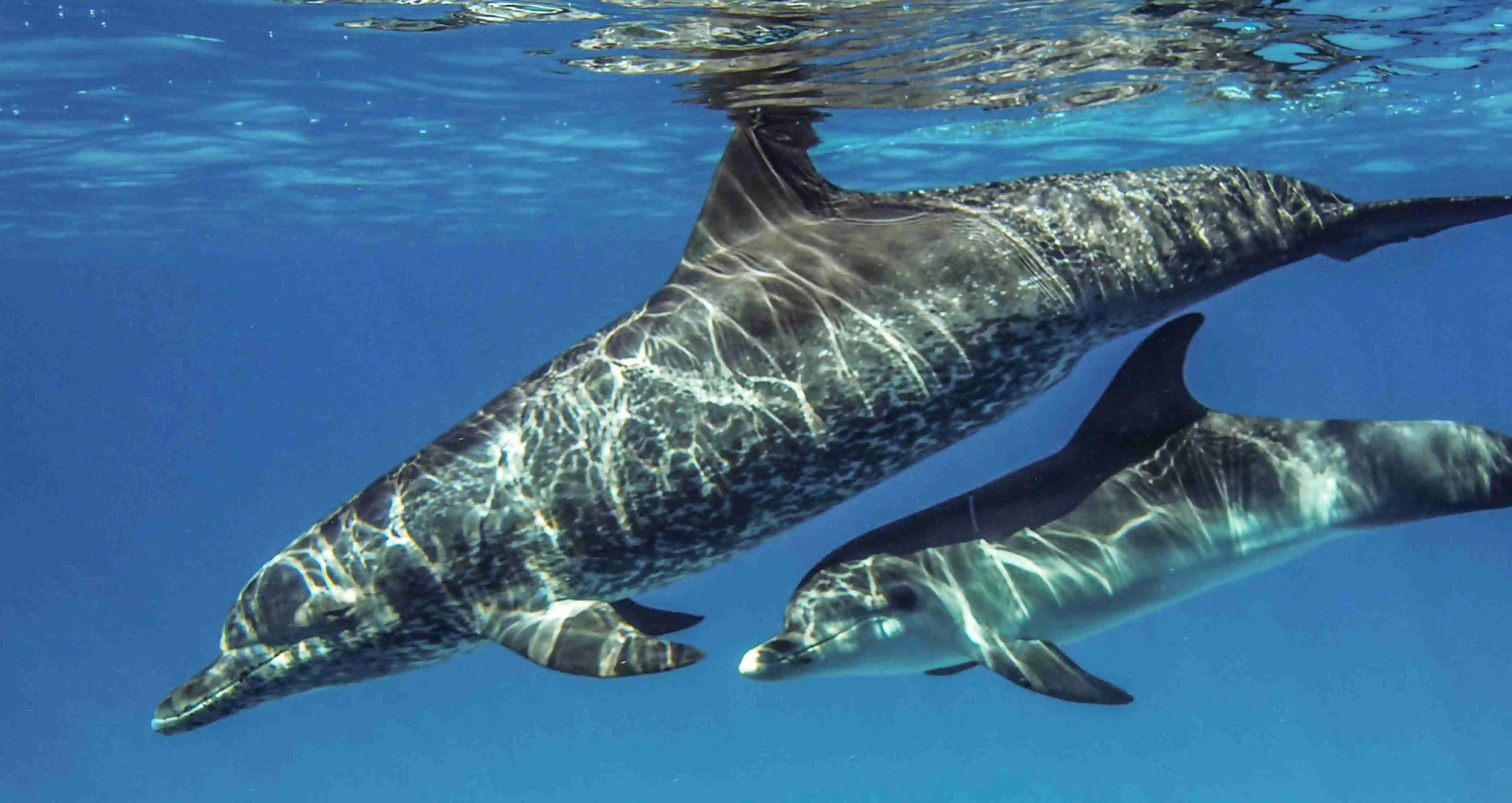
Unlike other animals, cetaceans are conscious breathers, meaning they have to consciously come to the water's surface to breathe. To overcome this challenge, cetaceans have developed an interesting sleep adaptation called unihemispheric sleep, which allows them to sleep with one half of their brain at a time while the other half remains awake to control breathing and maintain awareness of their surroundings.
When do animals go to sleep?
Not all animals sleep during the night; some actually become active during the night and sleep throughout the day, and vice versa.
Diurnal
Diurnal animals are the type of animals that become active during the day, carrying out all of their activities during the daylight, and then they sleep at night.
Nocturnal
Nocturnal animals have the opposite sleeping habits to diurnal animals, as they sleep during the day and become active during the night.
Crepuscular
Crepuscular animals have a more distinct activity period than regular diurnal and nocturnal animals, as they become active during dusk and dawn.
Cathemeral
Cathemeral animals, also known as metaturnal animals, are any type of animal that is not diurnal, nocturnal, or crepuscular, as these animals can be active during the day or the night, and the same thing goes for their sleeping time, as their activity and inactivity period depends on the prevailing circumstances.
Animal Sleep Durations
Animal sleep times and durations vary greatly across different species. While humans typically require around 7-9 hours of sleep per night, other animals have significantly different sleep patterns.
For example, some animals, such as giraffes and elephants, only require a few hours of sleep each day. These animals can function on such little sleep because of their ability to enter a state of rest while still remaining alert and aware of their surroundings.
On the other hand, certain animals, such as bats and opossums, sleep a lot. Bats, in particular, can sleep for up to 20 hours a day. They require this extended sleep duration to conserve energy and survive in their natural habitats.
How Different Animals Sleep
Mammals
- Land Mammals: Land mammals, such as lions, elephants, and deer, typically sleep for several hours a day, and they have well-defined sleep cycles, alternating between periods of deep sleep and light sleep. During deep sleep, their breathing slows down, and their heart rate decreases. Meanwhile, light sleep allows them to quickly wake up if there is any danger or need for movement.
- Marine Mammals: These animals have to adapt to sleeping underwater while ensuring they can still come up for air. They have developed a unique method called "unihemispheric sleep," where only one-half of their brain sleeps at a time while the other half remains awake.
- Bats: These nocturnal animals, have their own unique sleeping habits. Bats are the only mammals capable of sustained flight, they spend most of their days sleeping in dark caves or hanging upside down from trees, and they sleep in a head-down position because it allows them to take off quickly if they need to escape from predators or catch prey.
Birds
- Diurnal Birds: Diurnal birds, such as robins and sparrows, have a sleep pattern similar to humans, as they sleep at night for several hours, and during this time, they experience both rapid eye movement (REM) sleep and non-REM sleep. They’re also known to take short naps throughout the day to conserve energy.
- Nocturnal Birds: As the name implies, these birds are active at night and sleep during the day, as they have specially adapted eyes and ears that allow them to navigate and hunt in low light conditions, and they typically find a safe and secluded spot during the day to rest and sleep.
Reptiles
- Crocodilians: Depending on the species and environmental conditions, crocodilians exhibit both diurnal and nocturnal behaviors, allowing them to bask in the sun during the day to regulate their body temperature and spend a significant amount of time in the water where they rest and sleep.
- Snakes: Snakes have a unique way of sleeping due to their lack of eyelids, as they do not close their eyes during sleep but instead enter into a state of rest called "brumation," which is similar to hibernation but occurs in response to colder temperatures rather than a lack of food.
Amphibians
- Frogs and Toads: Frogs and Toads have a unique sleeping method, as they enter a state called torpor, where their metabolic rate decreases and they become less responsive to external stimuli. This allows them to conserve energy and survive in harsh conditions.
Fish
Fish do not sleep in the same way as humans or mammals. They do not have eyelids and cannot close their eyes; instead, they rest by reducing their activity and finding a safe spot to hide, such as under rocks or in crevices.
Invertebrates
- Insects: Many insects, such as bees and wasps, go through a daily rest period known as sleep, and during this time, they become less active and may appear motionless. However, their brain activity and responsiveness to external stimuli are still present, indicating that they are not in deep sleep like mammals, for example.
- Octopuses and Squid: These intelligent creatures can change their color and texture to blend in with their surroundings, which they also use during sleep. When resting, octopuses and squids may find a hidden spot or burrow into the sand to camouflage themselves and protect against predators.
Animal’s Sleep Strategies for Survival
Animals normally live in the wild and may become prey to higher-up animals while sleeping. Some animals have survival strategies that they use during their sleep.
Unihemispheric Sleep
It’s a unique sleeping method that deep-sea creatures often use when only one half of their brain sleeps at a time while the other half remains awake, which allows them to continue swimming and breathing while getting the rest they need.
Hibernation
Hibernation is a state where animals retreat to a sheltered location and reduce their metabolic rate significantly, which allows them to conserve energy and survive when food sources are scarce.
During hibernation, the animal's body temperature drops, their heart rate slows down, and they enter a deep sleep-like state, which enables them to endure harsh environmental conditions without depleting their energy reserves.
Group Sleep for Safety
Some animals sleep in groups to avoid falling prey to predatory zebras; for example, they sleep standing up in groups, taking turns to keep watch for any potential threats.
FAQs
Can animals suffer from Insomnia?
Insomnia is not limited to humans; animals can also experience it, and while it may be difficult to accurately diagnose insomnia in animals, their behavior and physical symptoms can provide some insight, as animals suffering from insomnia may exhibit restlessness, irritability, and difficulty falling asleep or staying asleep.
Are there animals that don't sleep?
There are a few unique species that have adapted to survive without sleep, such as the bullfrog. These amphibians can go for weeks without sleep and still function normally. That’s because their ability to regulate their metabolism and slow down their bodily functions allows them to conserve energy and remain active for extended periods.
What animal sleeps the least?
The giraffe is the animal that stands out for sleeping the least. Giraffes have evolved to survive on very little sleep, requiring only around 30 minutes to two hours of sleep per day.
Why do animals sleep standing up?
These animals' primary motivations for acting in this way are survival and self-defense because doing so allows them to wake up alert and ready to run away at a moment's notice. Sleeping standing up also allows them to conserve energy and maintain a level of readiness, as it takes less effort to stand up and resume activity compared to lying down and getting back up.
Which animal can sleep for 3 years?
During periods of drought, the African lungfish enters a state known as estivation, where it buries itself in the mud at the bottom of a dried-up riverbed and forms a protective cocoon. It then slows down its metabolism and enters a deep sleep-like state.
Do ants ever sleep?
Yes, ants sleep, but their sleeping pattern is a bit irregular compared to other insects. This is because they live in colonies, where they take turns resting to ensure there are always ants available for various tasks. This division of labor also extends to their sleep patterns. While some ants are actively foraging for food or defending the colony, others are resting and charging.
What animal sleeps the longest?
Koalas are animals that spend 90% of their lives sleeping, often spending up to 18–20 hours a day. This is primarily due to their diet consisting mainly of eucalyptus leaves, which provide very little energy. As a result, koalas conserve energy by sleeping for extended periods.
Why do animals need sleep?
Just like humans, animals also need sleep to restore and rejuvenate their bodies. One of the primary reasons animals need sleep is to conserve energy. During sleep, the metabolic rate of animals decreases, allowing them to conserve energy and replenish their energy stores. This is particularly important for animals that engage in physically demanding activities such as hunting or migration.
Conclusion
Sleeping plays a significant role in the lives of all beings, and different types of animal species have different sleep patterns and behaviors. Animals sleep differently due to factors such as their metabolism, body size, diet, and immunity.

